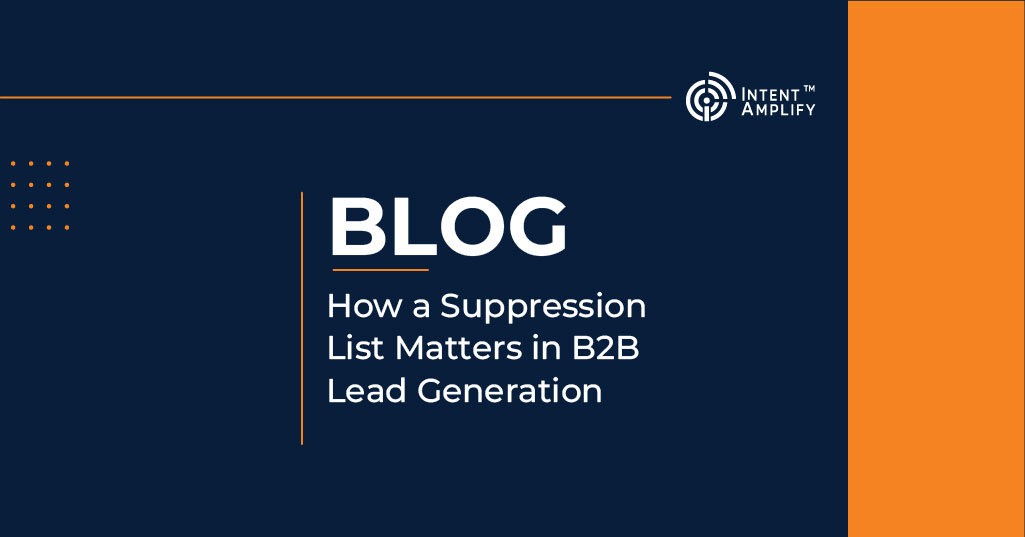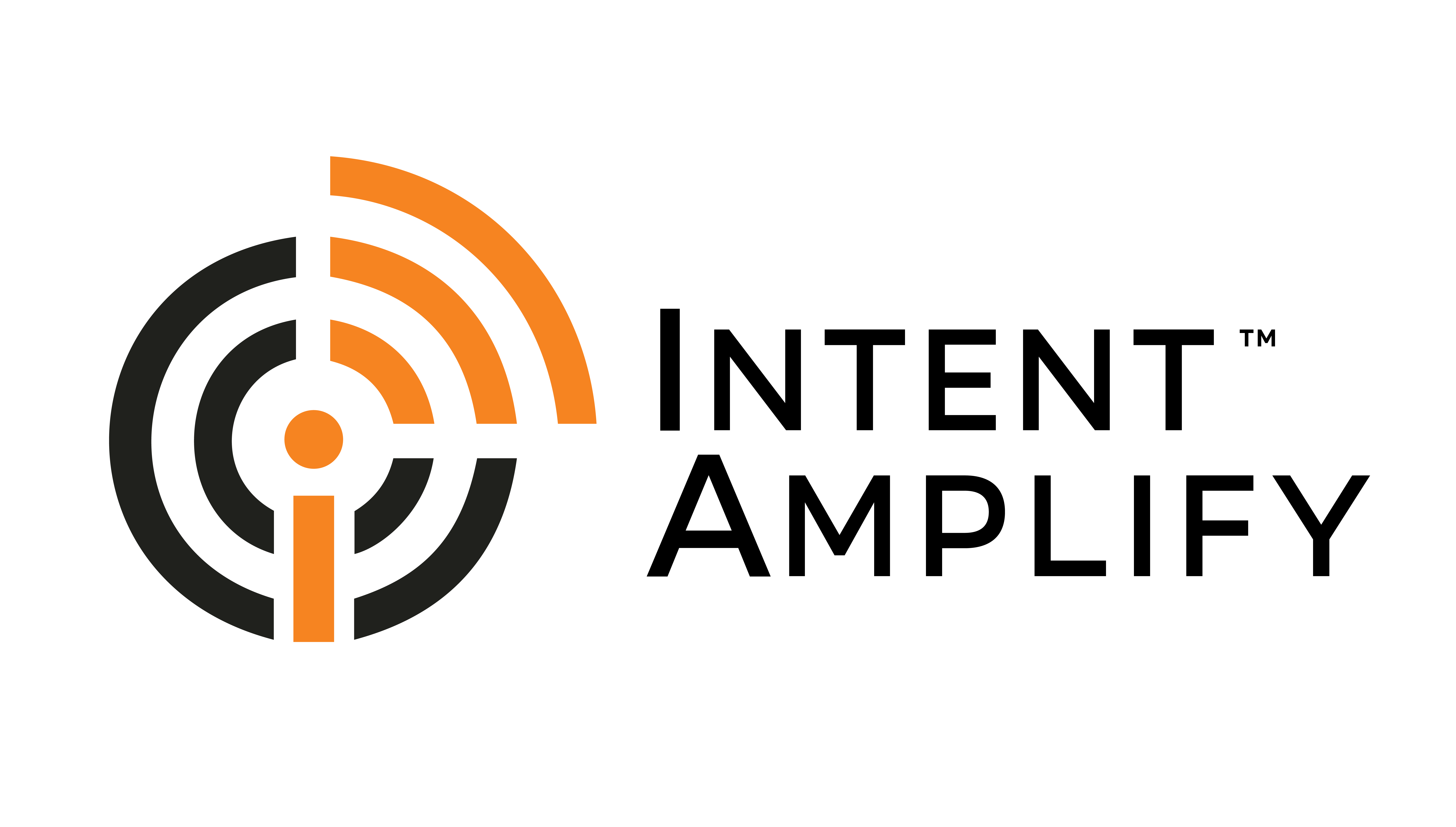
How a Suppression List Matters in B2B Lead Generation
When it comes to B2B lead generation, a b2b suppression list becomes a critical element in managing your email campaigns effectively. It consists of email addresses that are intentionally excluded from your outreach efforts. The reasons for their exclusion can range from being invalid to having opted out of receiving emails. While the role of a suppression list in B2B lead generation may appear trivial, it plays a crucial role in shaping your reputation as a sender in the competitive game of email marketing.
Omitting email addresses from your campaigns is not just a matter of organizational efficiency; it directly impacts your credibility. Sending emails to unsubscribed IDs, for instance, can lead to your inclusion in the block list of major Internet Service Providers, a detrimental scenario for B2B lead generation efforts.
Persistent communication with email addresses that hard bounce gives a spammy impression. It also exposes inactive emails to repurposed spam traps. Continuing to send emails to these addresses can land you on a blacklist. Once blacklisted, escaping it is extremely challenging.
In B2B lead generation, a suppression list is crucial for precision and maintaining reputation. It protects campaigns from errors, ensuring targeted and efficient outreach while upholding audience trust.
What’s on the B2B suppression list?
A suppression list when used for B2B lead generation should encompass email addresses that have opted out of marketing communications, flagged emails as spam, or experienced bouncing in the past. This ensures that marketing emails are exclusively directed towards engaged and interested recipients.
Inclusion in the list is warranted for the following reasons:
- Opt-out: When an individual has voluntarily unsubscribed from the mailing list.
- Complaints: If an email recipient has registered a complaint about receiving unwanted emails.
- Bounced Emails: In cases where an email address is linked to bounced emails or is deemed invalid.
The Impact of Suppression List on Deliverability and Reputation
Imagine sending out a carefully crafted campaign to hundreds of addresses, only for it to vanish into a black hole. Emails bouncing back, landing in spam folders, or worse, triggering spam complaints can send your carefully built sender reputation crashing down. Each irrelevant address you send to is like pouring contaminated fuel into your email engine, sputtering its performance and potentially causing long-term damage.
Here’s the harsh reality:
- Email deliverability rates can plummet by 20-30% when sending to invalid or unengaged addresses. That’s a significant chunk of your target audience disappearing before your message even has a chance to land.
- Landing in spam folders is an email marketer’s biggest fear. Studies show that over 45% of B2B emails never reach inboxes due to spam filters. Each irrelevant address on your list increases the risk of getting flagged and relegated to the spam graveyard.
- A single spam complaint can trigger investigations and reputation blacklisting, making it even harder for your emails to ever reach their intended recipients again. It’s like getting a red flag from the email police, hindering your future marketing efforts.
Hence, the b2b suppression list comes in handy by diligently removing invalid addresses, unsubscribes, and potential spam traps, you’re essentially filtering out the contaminants and ensuring your email engine runs on clean, high-octane fuel. This translates to:
- Soaring Deliverability Rates: Reaching the inboxes that matter most, maximizing your B2B lead generation potential.
- A Pristine Sender Reputation: Building trust with email providers and ensuring your emails land where they belong, fostering a positive reputation in the B2B landscape.
- Reduced Risk of Spam Complaints: Protecting your reputation and keeping your B2B email marketing engine running smoothly.
When it comes to B2B lead generation, considering a suppression list adds to the precision and effectiveness of the campaign. It acts as a guardian, shielding your campaigns from the pitfalls that can hinder your success in the competitive B2B landscape.
How does a Suppression list matter in B2B lead generation?
1. Enhanced Deliverability and Reputation:
- Cleaner Inbox, Happy Inboxes: Sending emails to invalid or unengaged addresses hurts deliverability rates, causing your emails to land in spam folders or disappear entirely. A well-maintained b2b suppression list prevents this by filtering out irrelevant contacts, ensuring your valuable messages reach their intended recipients.
- Sender Score Savior: Irrelevant emails hurt your sender reputation. This score measures your trustworthiness. A suppression list protects your score. It prevents spam complaints and suspicious activity. This keeps you in good standing with email gatekeepers.
2. Precision Targeting and Personalization:
- Laser Focus on Leads: Your b2b suppression list isn’t just a “do not send” list, it’s a powerful segmentation tool. By removing unengaged and irrelevant contacts, you can focus your efforts on high-quality leads who are genuinely interested in your offerings.
- Content that Connects: With a refined audience, you can personalize your email content to resonate better with their specific needs and challenges. This personalized approach leads to higher engagement rates, improved click-throughs, and ultimately, greater conversion success.
- Building Stronger Relationships: When you send relevant and valuable content, you go beyond mere promotion and build trust with potential leads. This personalized approach fosters stronger relationships, turning cold prospects into warm leads and eventually, loyal customers.
3. Compliance and Legal Protection:
- Stay Out of Trouble: B2B email marketing comes with regulations like CAN-SPAM, and sending emails to unsubscribed addresses can land you in hot water with hefty fines and reputational damage. Your suppression list ensures compliance by automatically removing unsubscribed contacts, keeping you on the right side of the law.
- Reduce Risk of Spam Complaints: Sending irrelevant emails increases the risk of spam complaints, further damaging your reputation and potentially triggering blacklisting. By removing problematic addresses, you minimize the chances of complaints and safeguard your marketing efforts.
Using a B2B suppression list is wise. It protects the sender’s reputation, boosts email deliverability and helps manage sending resources better. It also respects recipients’ preferences.




